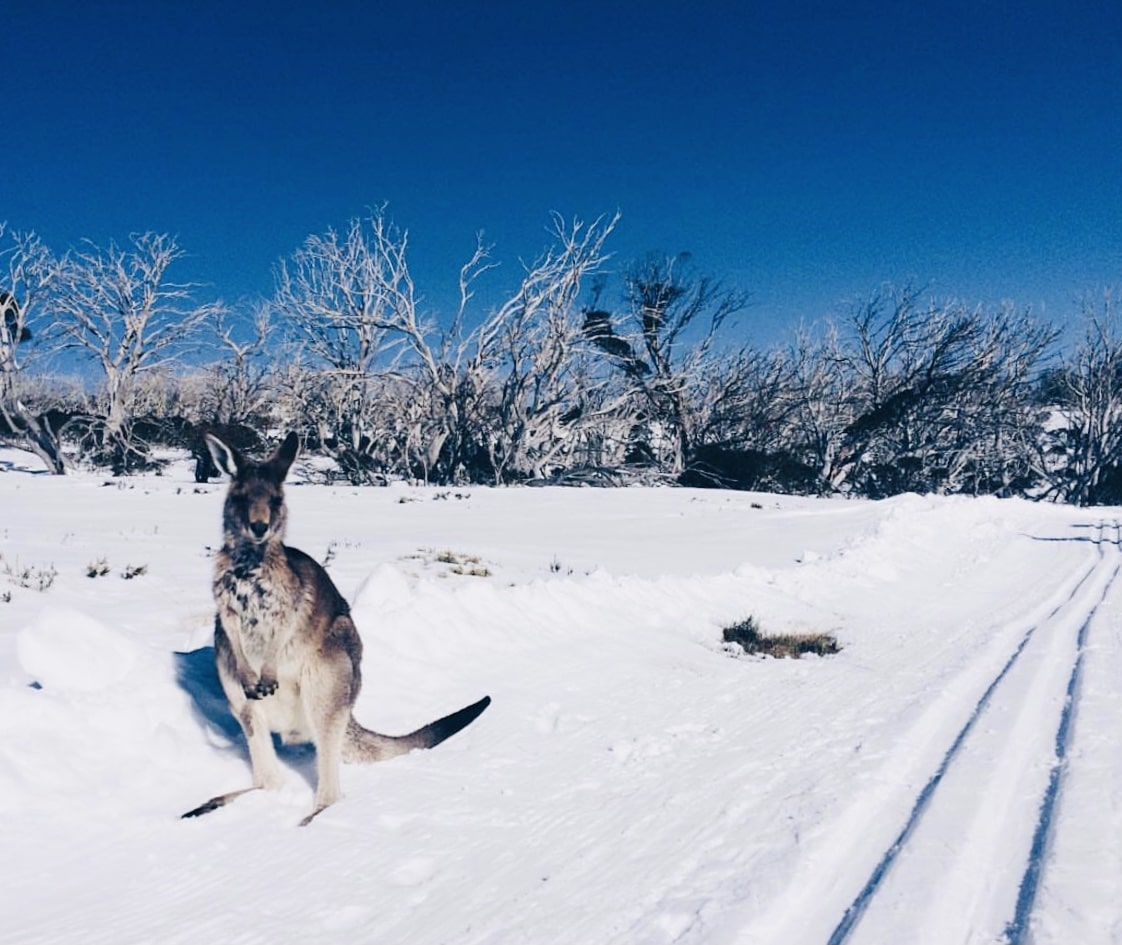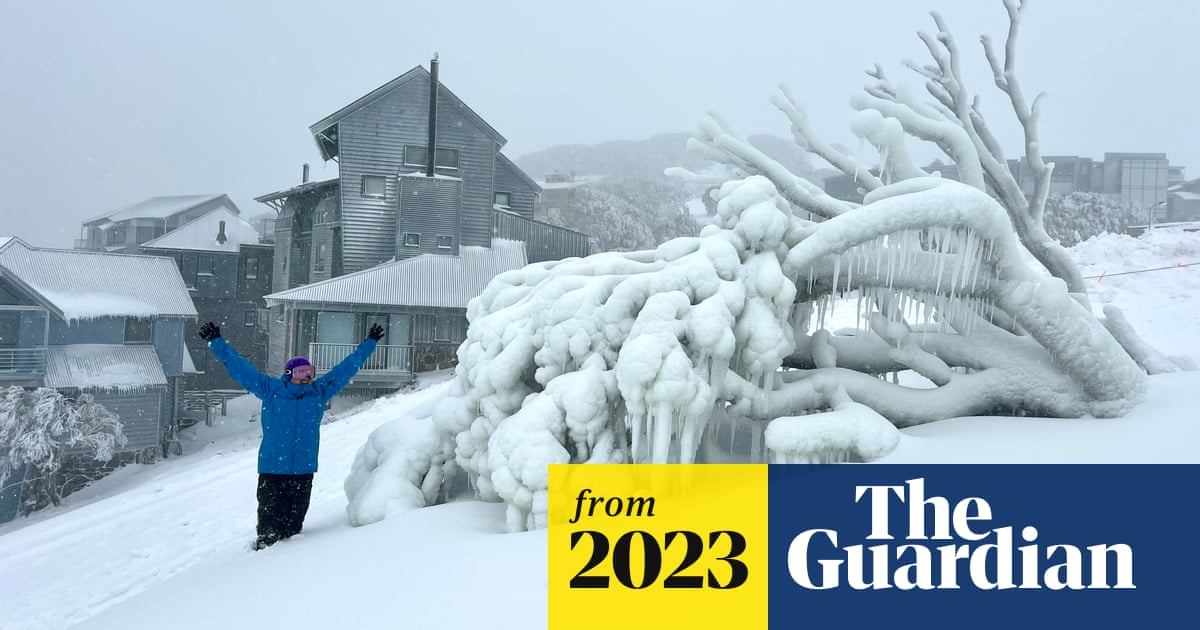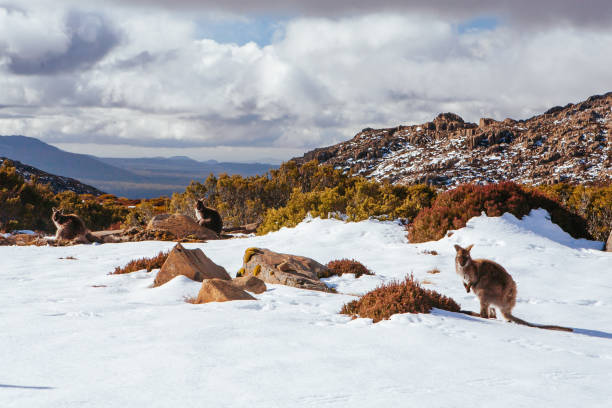The Different Kinds Of Snow in Australia and Their Impact on Winter Sports
Australia, understood for its sun-soaked beaches, is additionally home to a varied range of snow problems that significantly affect winter months sporting activities. Each type, from the wet coastal snow to the completely dry interior powder, offers unique challenges and advantages for athletes. An understanding of these variations is important for those seeking to browse the Australian slopes, as each needs various strategies and durability. The adhering to expedition will discuss the ramifications of these snow kinds on winter months sports performance.

Understanding the Attributes of Different Snow Types
While numerous presume that snow is an uniform entity, it is necessary to recognize that there are various types, each with unique attributes. In Australia, these variants are particularly obvious as a result of climatic diversity. Coastal snow, found in areas such as the Snowy Hills, is commonly wetter and denser due to high wetness material, making it ideal for snowball fights or building snowmen. On the various other hand, the snow found in the interior areas like the Australian Alps is drier and lighter, typically contrasted to a cosy powder. These distinctions in snow kind aren't simply aesthetic; they substantially effect wintertime sports, dictating the ease of movement, the speed attainable, and the degree of control required from professional athletes.
The Effects of Powder Snow on Skiing and Snowboarding
Despite its light and cosy look, powder snow in the Australian Alps offers both special obstacles and chances for winter months sports enthusiasts, especially those participated in snowboarding and snowboarding. The loose, completely dry nature of powder snow can at first be tough to browse for novices, needing mindful balance and control. However, for even more seasoned experts, the soft, untracked snow uses an electrifying experience, allowing for active and dynamic movement. The smooth and forgiving surface of powder snow likewise decreases danger of injury during drops, making it a preferred option for extreme winter season sporting activities. Yet, it's worth keeping in mind, the differing depth and unforeseeable nature of powder can often bring about covert obstacles, asking for consistent vigilance.

The Difficulties and Advantages of Stuffed Snow in Winter Season Sports
Shifting focus from the loose, dry powder snow, one more prevalent sort of snow in the Australian Alps is jam-packed snow, presenting its very own collection of challenges and benefits in the realm of winter season sporting activities. This denser, a lot more solidified type of snow provides a much faster, slicker surface, profiting sports like downhill winter sports and snowboarding, boosting rate and precision. Nonetheless, the same features additionally existing obstacles. Its tough surface can be high-risk, increasing the possibility for injuries throughout drops. In addition, browsing turns and controlling speed can be tough on jam-packed snow, calling for greater ability levels from professional athletes. In spite of these difficulties, packed snow remains an important aspect in many winter season sporting activities, shaping the performance and strategies of athletes.
The Role of Damp Snow in Australian Winter Seasons Gamings
In comparison to the thick, glossy surface area of stuffed their explanation snow, wet snow plays a totally various duty in Australian winter season games. Qualified by its high wetness material, damp snow affects the rate and control of winter sporting activities participants. Its heavy, sticky nature can be testing for athletes, especially in winter sports and snowboarding where rate and manoeuvrability are crucial. Its malleability makes it ideal for snow sculpting occasions and for strengthening snow frameworks in sports like snow fort battles. In spite of its risks, wet snow introduces a distinct dynamic to wintertime video games in Australia, screening professional athletes' flexibility and resilience, and serving as a tip of the diverse climate problems they must be prepared to deal with.

How Slushy Snow Impacts Winter Season Sports Performance
Continuing the expedition of varying snow conditions in Australia, the impact of visit our website slushy snow on Get More Info winter season sports is another interesting variable. Slushy snow, resulting from warmer temperature levels or straight sunshine, poses special obstacles to athletes. It lowers rate and needs raised exertion as the tools penetrates the soft, water-saturated snow. In skiing and snowboarding, slushy conditions can impact the predictability of turns and dives, raising the threat of crashes. For snowmobiling, the machine's efficiency might be impeded as it struggles to maintain grip. Hence, slushy snow changes the winter months sporting activities landscape, demanding not just enhanced physical effort from professional athletes however also a better focus on safety and security preventative measures.
Adapting Winter Months Sports Techniques to Different Snow Problems

Verdict
To conclude, Australia's varied snow types significantly affect winter season sporting activities efficiency. Each type, from the glossy coastal snow to the drier indoor powder and the hefty, sticky damp snow, provides unique obstacles and benefits. Therefore, professional athletes must adjust their techniques to navigate these varying problems successfully. The snow's developmental function highlights the value of comprehending its characteristics to enhance performance and safety and security in Australia's winter sports landscape.
Changing emphasis from the loosened, completely dry powder snow, another prevalent type of snow in the Australian Alps is packed snow, presenting its very own collection of obstacles and advantages in the world of winter months sports - Does Australia Get Snow.In comparison to the dense, slick surface of packed snow, damp snow plays a completely various function in Australian winter months video games. Its pliability makes it perfect for snow sculpting occasions and for fortifying snow frameworks in sporting activities like snow fort battles.Continuing the exploration of differing snow problems in Australia, the impact of slushy snow on winter season sports is an additional intriguing factor. Each kind, from the slick coastal snow to the drier interior powder and the heavy, sticky damp snow, provides special difficulties and advantages